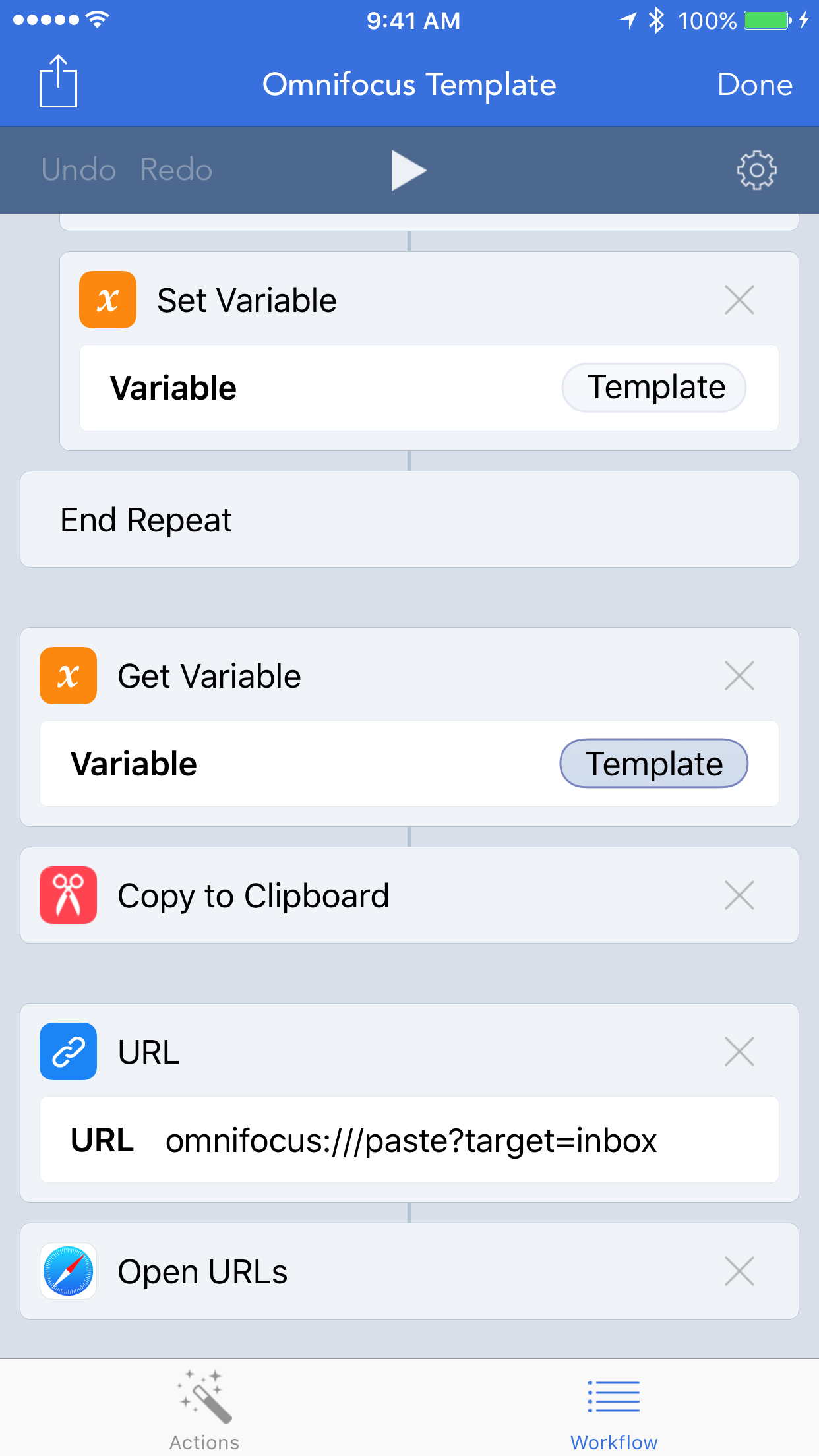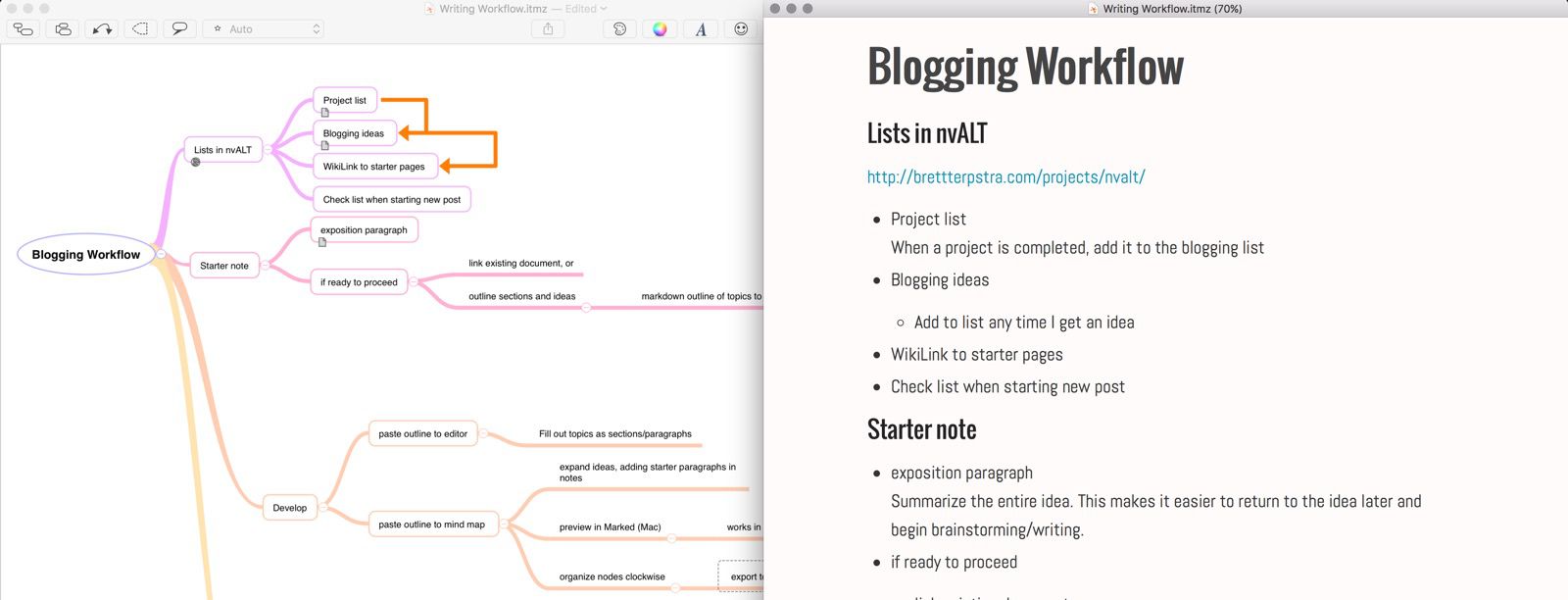

Before, I kept chunks in separate text files.
#Workflow taskpaper scrivener full
Here was a tool that took my text flow and with a little coding (adding a full colon for headings) lets me isolate and jump to specific parts of my text. …which is what got me thinking about using TP as a text editor. “in outliner parlance would be akin to hoisting” (I’ve also gone back from text into OO to re-sort things out at times too, but it’s the in-and-out of the app thing I’m after here) TaskPaper for me seems to move along with my evolving work, which works as far as that goes, until I need to graduate to Scrivener where the heavy duty assemblage and idea processing takes place. Like many on these boards I’ve used OmniOutliner, it’s a very powerful product, but eventually I’m out of the app and into another because the text chunk has transformed. Lists turn into paragraphs, notes become scenes, quotes are rolled into text, and TP has this flexibility to move from one to the other. …and this plasticity of use is the thing that emerges as you begin to use it more extensively. “It really does straddle the line between text editor and outliner, and I think that is what generates a lot of the buzz. Which is odd because it does on the iPhone version. “I wish it would just derive type based on what you input.” There is lot of tapping to get to edit a paragraph and that is an annoying aspect of the tool. “The iDevice version is fundamentally the same, though in my experience it is a little less elegant to work with in terms of data entry.”Īgreed.

Without a tool that could fold and hoist (key aspects of outlining) on my mobile devices I tried using TP for longer stuff and behold, it worked like a great text editor. I believe my use of TP came from a bit of “scarcity is the mother of invention” situation. So, of course I’ll still use Scrivener for the big stuff, it is without parallel, and I think I’d rather do that on the monster screen of my iMac, not the iPad, but for the text noodeling that makes for the raw material of the big stuff, I’m having trouble finding fault with the iPad.

…and the native syncing of TaskPaper files into Scrivener (via ) works effortlessly. Now I’m thinking about being in DropBox and being able to open text files on my iPad in TaskPaper (and or WriteRoom someday), and I have to say, I think my trips down to Poets House will be much more productive, especially since I’m not dragging the old laptop along. I also keep my research lists there, books and article I need to pull when I get to the library, Project = Area of inquiry, Tags = In which facility they are located. It’s wonderful for quotes, or phrases you want to use, just like shuffling around cards in Scrivener (chunkification and de-chunkification ). I’m using TaskPaper (both iPad and Mac) for note collection and arrangement.
#Workflow taskpaper scrivener how to
Of course I’ve had to learn how to get rid of all the indents and such in the core plain text files before printing, but that’s what WordServices is for, right? I’m sure you can take the example and extend it to your writing situation. Simply managing revisions as sequential “Projects” lets me flip back and forth and see what the heck I was doing four revisions ago. I know that TaskPaper is marketed as being for ‘simple task lists’ but being able to move paragraphs around, hoist sections, tag others, and it’s not that far of a conceptual leap to think of it as a powerful drafting tool. On the iPad I’m using the TaskPaper “show project” function to work with longer texts, like story drafts, kind of the way I’ve used Scrivener on my iMac or MPB. I’ve clipped my posts on the topic below. We’ve been having a great conversation over on the Literature & Latte forums about TaskPaper, Scrivener, and note taking on the iPad.


 0 kommentar(er)
0 kommentar(er)
